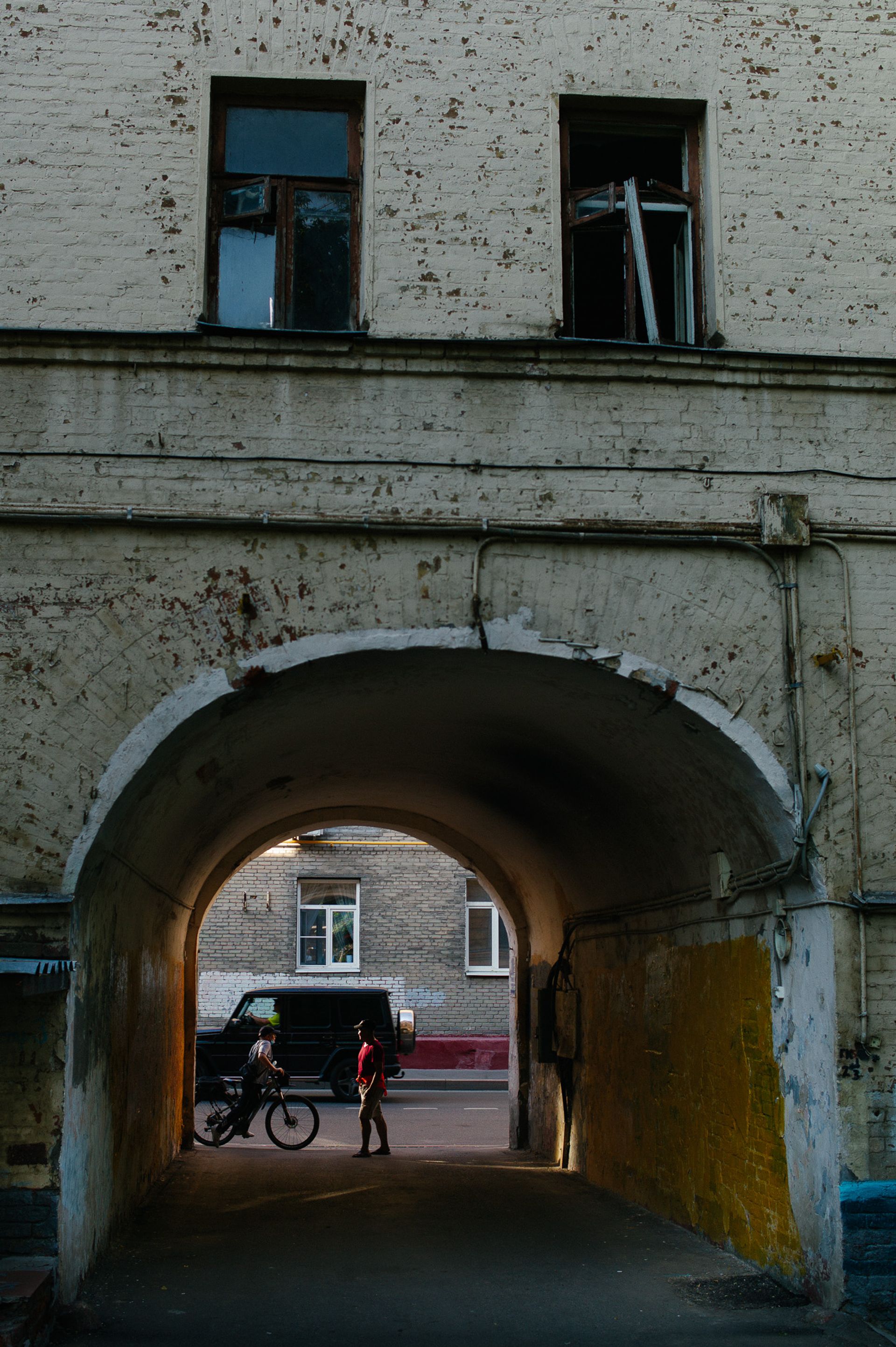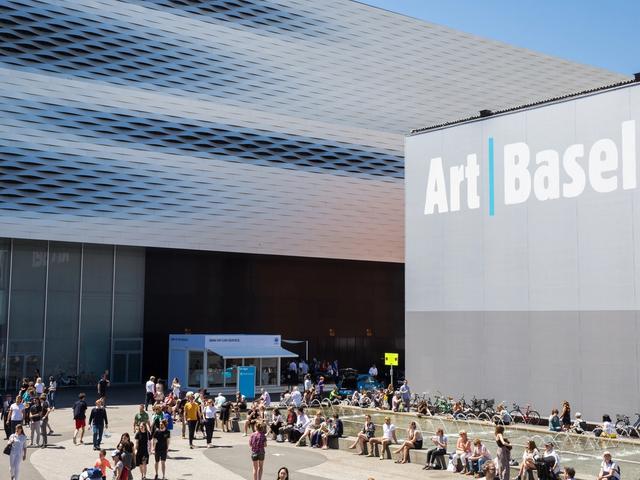Hamburg’s
ethnological
museum
is mounting an exhibition of around 179 artefacts from the kingdom of Benin to explain to the public how they arrived in the port city and why they are returning to Nigeria next year.
The artefacts range from commemorative sculptures of the heads of kings and reliefs telling the story of the kingdom of Benin to small decorative objects such as ivory and metal jewellery and altar figures, as well as everyday items including a cup, a bell and a lamp.
“We are really showing everything we have,”
says Barbara Plankensteiner, the director of the Museum am Rothenbaum Kulturen und Künste der Welt. “We want to show their provenance and how they came here, but also explain their function and how they were used.”

Curabitur eu condimentum quam, sit amet fermentum sapien. wearegoat
The Hamburg Benin collection is one of the biggest in Germany – the largest is in Berlin’s Ethnological Museum, which holds around 520 objects. That museum also plans an exhibition of the Berlin Benin bronzes at the Humboldt Forum before they return to Nigeria.
The Hamburg exhibition will document the looting of the royal palace in Benin by the British in 1897, Plankensteiner says. Many of the objects in the Hamburg collection can be traced back to the raid, although others may have originated in coastal cities or elsewhere in the modern-day Nigerian state of Edo, she says.
The German government and Nigerian Commission for Museums and Monuments signed a memorandum of understanding setting out a timetable for restitution in October. That accord paves the way for a more formal contract to be signed later this year and envisages the transfer of around 1,100 Benin bronzes from German museums in the second quarter of next year, including Hamburg’s 179 objects.
The Hamburg exhibition opens on 16 December; its duration will depend on when the restitution to Nigeria takes place, Plankensteiner says.
“We want to inform the public about the current status in the exhibition.”



